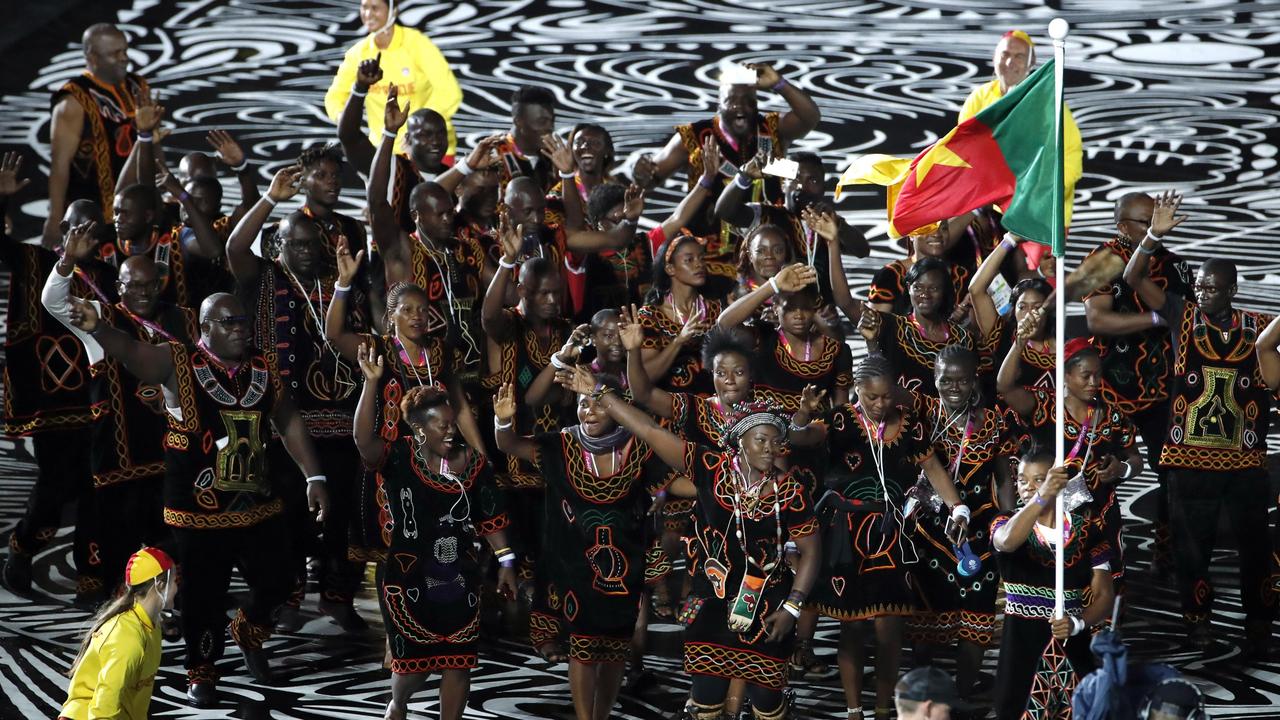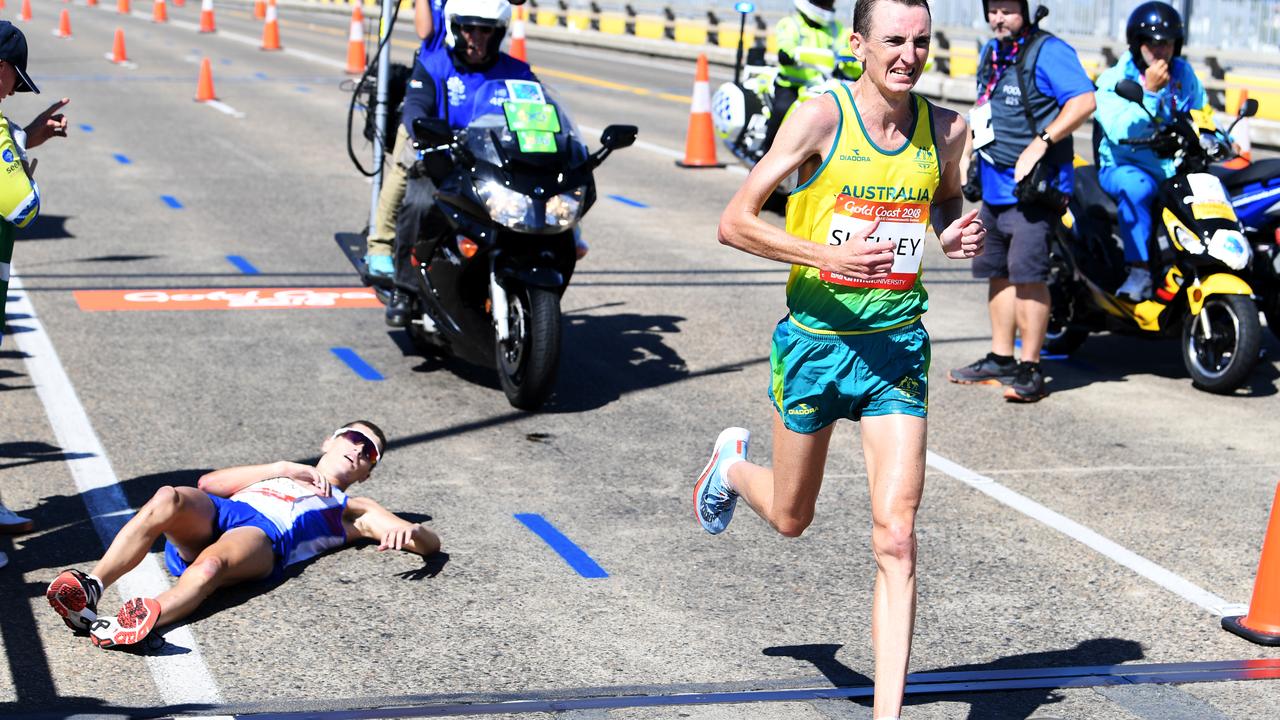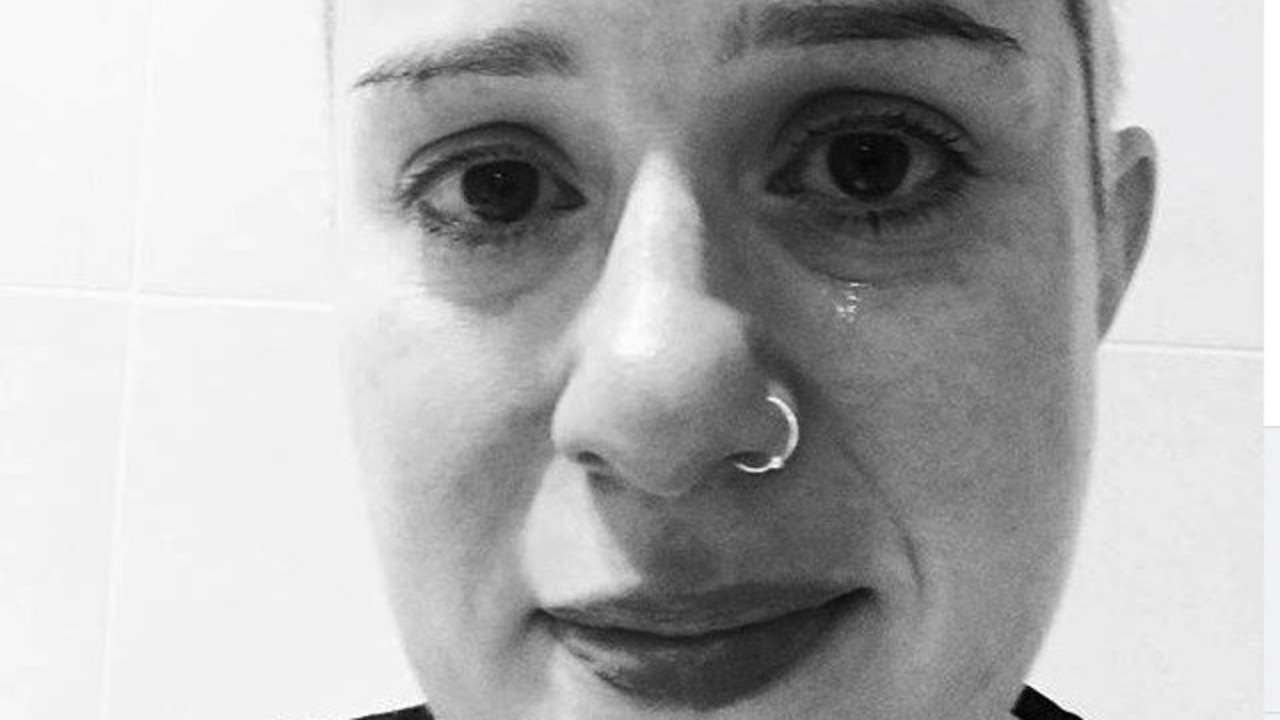The myth around trans athletes
BEFORE Laurel Hubbard was forced to withdraw from the Games, critics thought she had “unfair advantage”. That’s not the case.
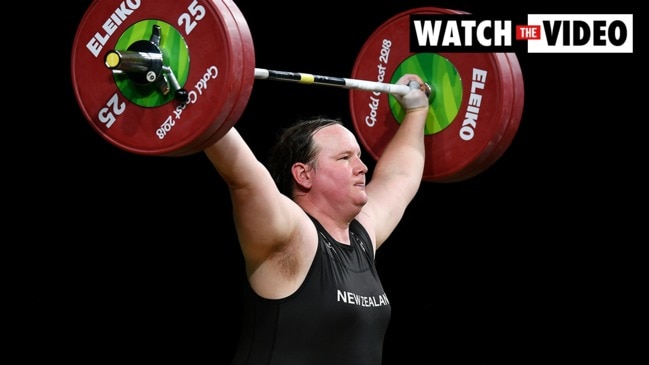
ANALYSIS
EARLIER today, Laurel Hubbard, a New Zealand weightlifter was likely to win a Gold Medal.
There shouldn’t have been too much controversy about that (aside from maybe a bit of cross the ditch rivalry). But many people were outraged.
She’s no longer considered a shot at a medal — a devastating blow that came just before her event forced her to bow out — but the controversy around this athlete remains and people wanted her out of the competition even before her shock withdrawal.
Why? Because Laurel is transgender.
Just. Like. Me.
And just like so many other women around the world who are also trans, she too is simply taking part in a pursuit she has taken part in and enjoyed for most of her life. No one begrudges her that, but what they do begrudge is the fact that she is particularly good at it.
The people calling for her to be banned from competing don’t understand the science behind why she is allowed to compete. They look at her body and assume she has an advantage. This is completely wrong.
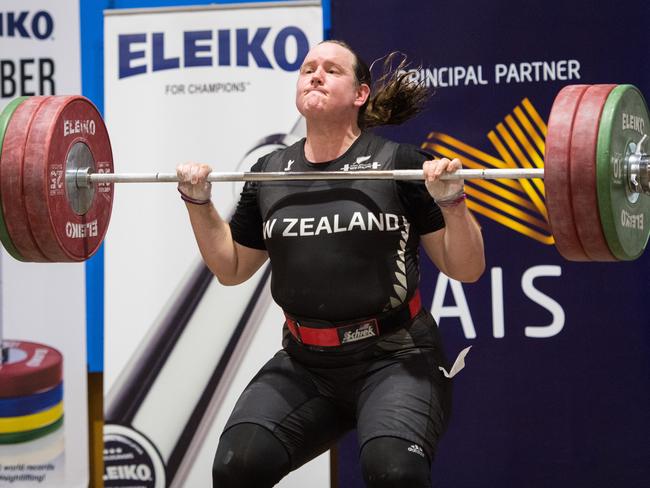
The IOC states that for transgender women to compete, they are first required to demonstrate that there testosterone levels have been below 10 nanomoles per litre of blood for 12 months. This may sound confusing, but to put it in perspective males will average between 23-28 nanomoles per litre and women 3-6.
In my case because of the medications I am taking, I have between 0.3 — 1.0 nanomoles of testosterone per litre. Much less than even cisgender women.
Although this can vary from person to person, medications are designed specifically to suppress or reduce testosterone — and the athletes competing are tested to make sure they are less than 10 nanomoles.
STRENGTH DROP
The effects of such low levels of testosterone is massive, and noticeable to the person going through the process within a week. No one else will see such early changes, but some changes are that quick.
The drop off in strength, which is what everyone is talking about, is enormous. I know that for myself, I went from lifting over 200kg to not even half of that in about a year; which is the time you must wait to be able to be compete with other women. This is on top of the effects it has on your endurance, speed, agility and any other physical characteristic you can think of.
So while yes, Laurel may well be lifting weights many men and women could only dream of, so are other elite athletes at these games.
Prior to her transition she was a New Zealand Junior National Champion, and has competed at elite levels of the sport for her entire life. Just like some people are good at art, some at music; she is good at weightlifting — and transitioning is not going to change that.
But what is clear is before she transitioned she was lifting much heavier weights. Something that would be entirely unattainable now.
LOOKS CAN BE DECEIVING
Perception is also a massive issue with trans women, and size is something that doesn’t go away as quickly as your physical abilities (in Laurel’s case, her strength). Essentially it’s year nine PE stuff, your body does what it can to preserve muscle when it realises it’s losing it, so it’s a slow process. But the effect the lack of testosterone has on your central nervous system is much more rapid and much more pronounced. So often, trans women will look a lot stronger than they actually are.

IS THIS THE SAME AS CASTER SEMENYA?
Where we do need to differentiate is the difference between intersex people and transgender people.
While Laurel Hubbard is a trans athlete, people look at Caster Semenya and assume she is as well. This isn’t the case.
Semenya is intersex, which means while she was born with female genitalia, her body naturally produces higher than normal levels of testosterone than women who aren’t. The IAAF unsuccessfully tried to force Semenya and other athletes in the same position to lower their testosterone levels via medication however this ruling was thrown out on appeal based on human rights grounds.
Unfortunately the circus that’s ensued around Hubbard was entirely predictable based on where trans people still sit within society in many parts of the world.
But it has been heartening to see the support she has received from around the world, particularly New Zealand in the face of all the criticism she’s received. She is currently tipped to carry the New Zealand flag in the closing ceremony as Semenya did for South Africa did at the games opening. New Zealand would be hard pressed to find a better candidate to fill the role.
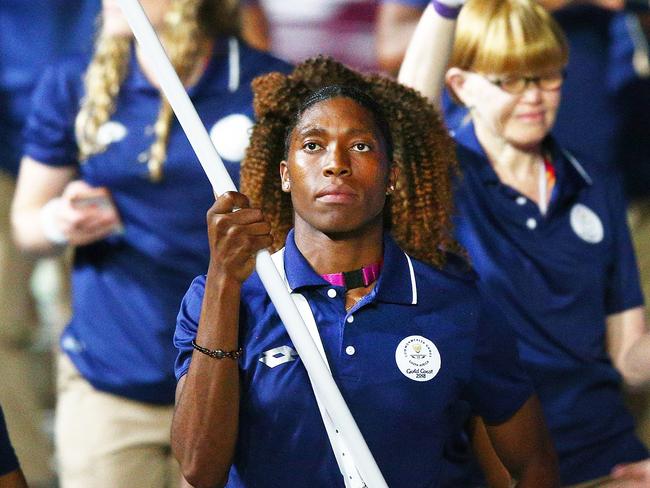
Hannah Mouncey has been a member of the Australian Handball team for the last seven years and is an AFL footballer. She also does considerable work with the AFL Pride Cup and Proud2Play inclusion and anti bullying program. Follow her on Twitter: @hannahmouncey

